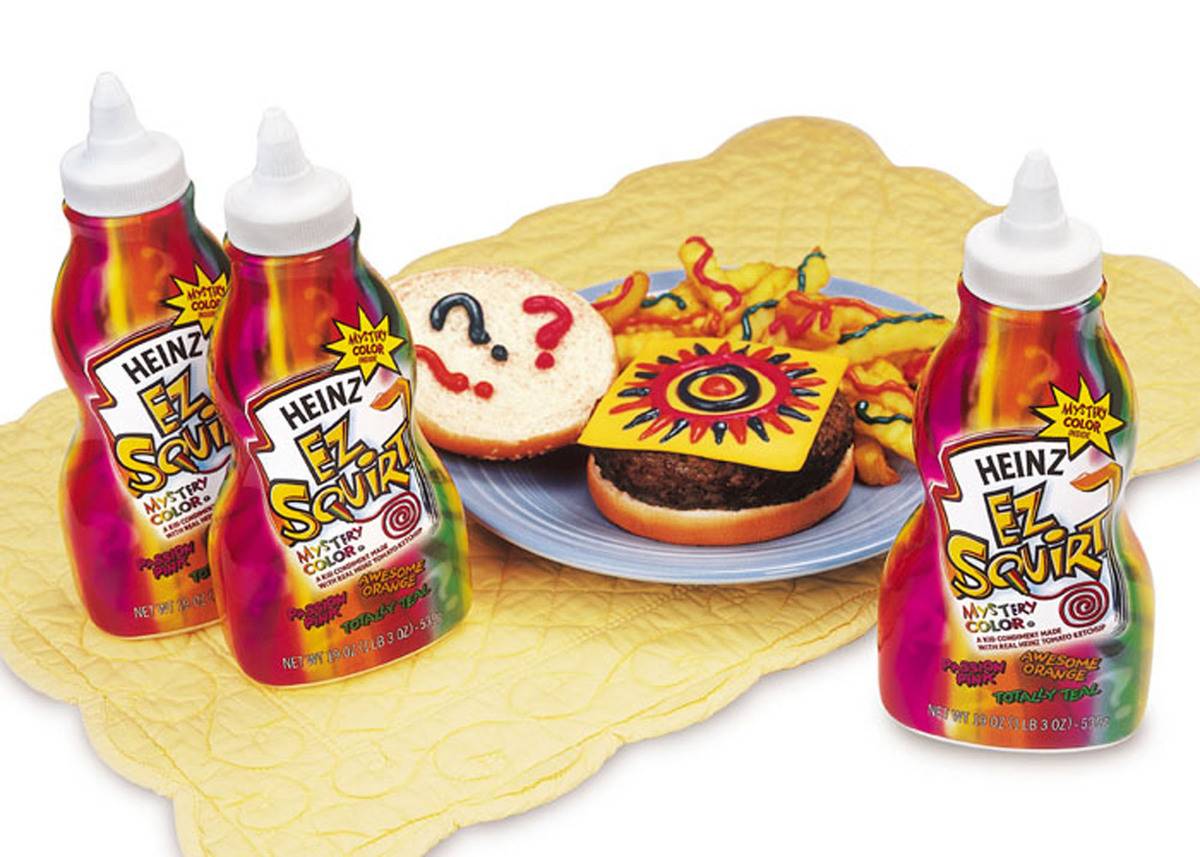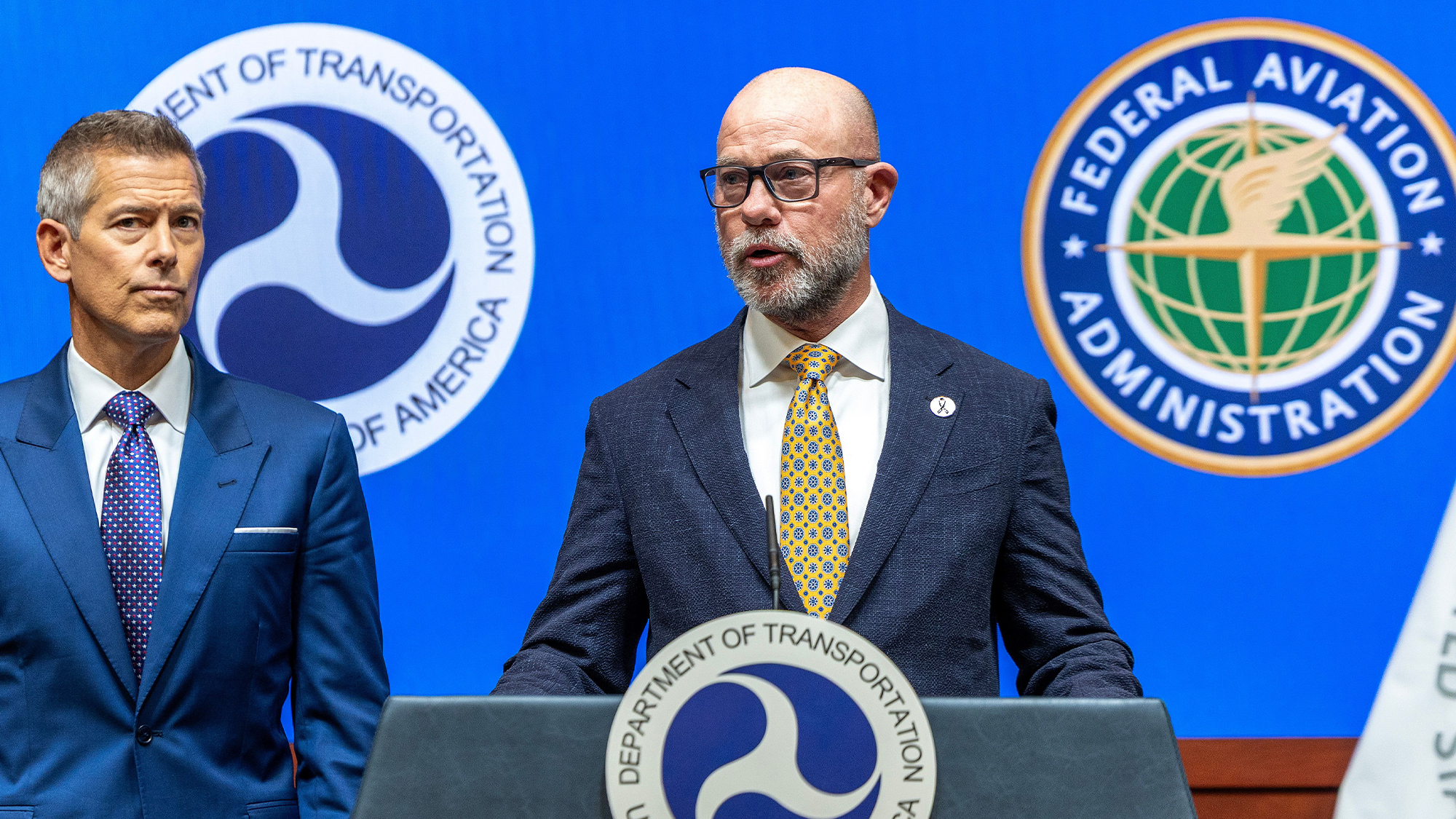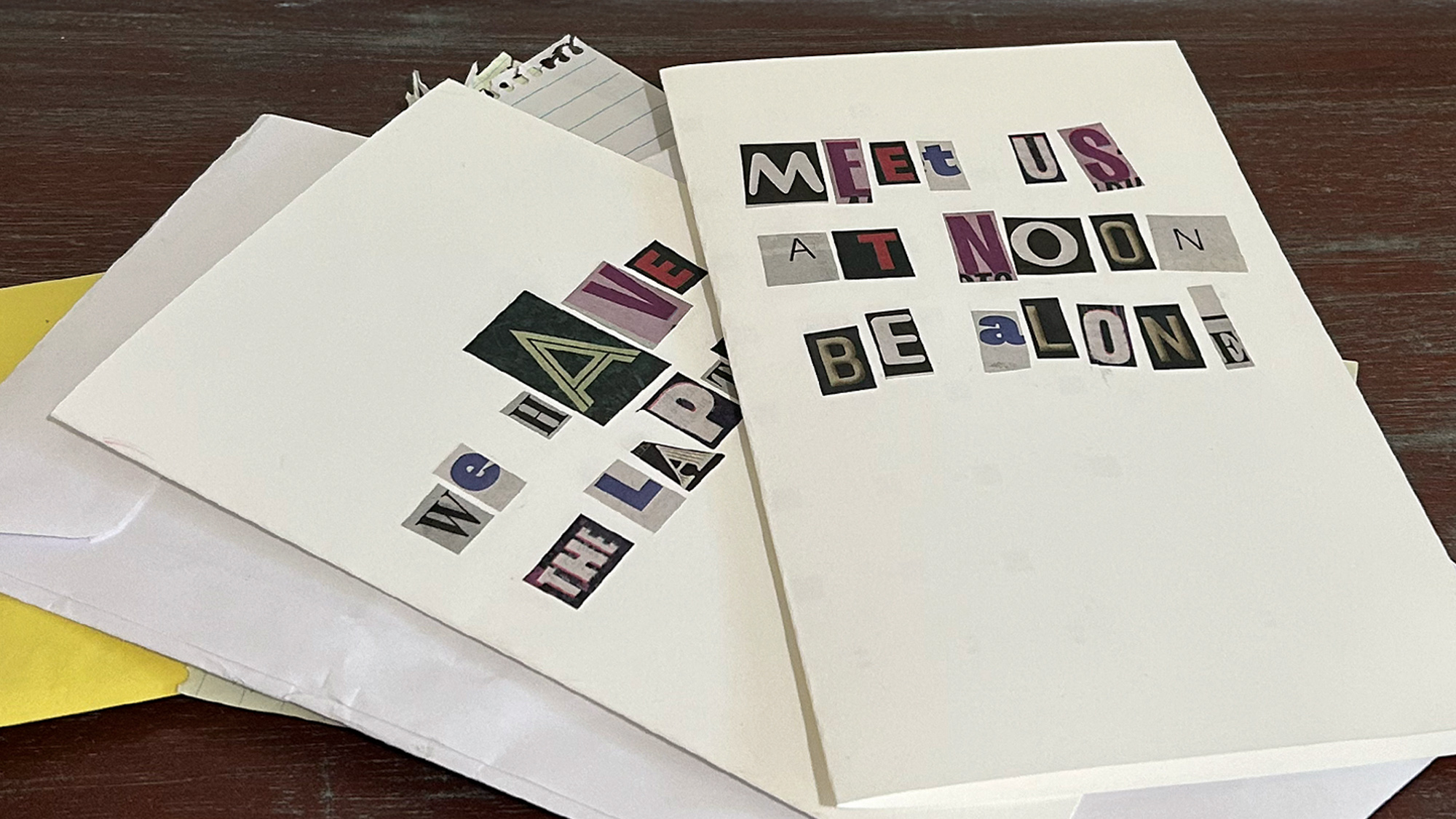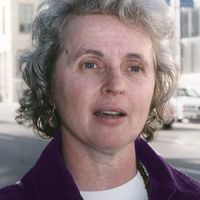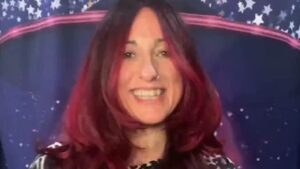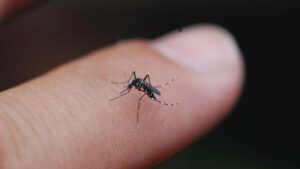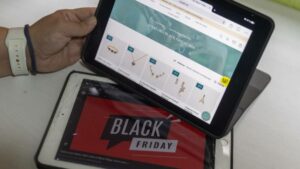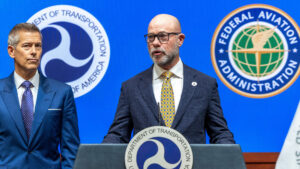“From Disasters to Duds: The Failed Products That Tanked Giants’ Fortunes”
Supertrain, The Most Expensive TV Flop Ever

In 1979, NBC aired a science-fiction TV show called Supertrain. It was the most expensive TV show ever made. Each episode cost $1 million, which is closer to $2.5 million today. Supertrain got canceled after nine episodes.
The show chronicled a futuristic train and the passengers on the train. The sets were large and elaborate, especially the iron train models that often broke down. Creator Fred Silverman once broke his toe while kicking a model train in frustration.
When Customers Ate Yogurt Shampoo

In the 1970s, some products featured everyday food items in cosmetics, such as herbs and honey. The hair company Clairol hopped on the trend when they released their Touch of Yogurt Shampoo in 1979.
Customers didn’t seem ready for yogurt shampoo, however. Not only did the product not sell well, but some people actually ate it. News reports of customers getting sick from yogurt shampoo gave Clairol a lousy reputation. They quickly discontinued the shampoo.
Google Glass Never Went Beyond Beta

In 2013, Google released a pair of “smart glasses.” These glasses could take photos and browse the internet while you wore them. However, beta versions were discontinued in 2015 due to a variety of reasons.
One was the high price tag. The Google Glass cost $1,500, and it didn’t provide anything new for users. It also had a clunky design, and users became concerned about internet privacy. However, later editions of Google Glass still sell in the workplace.
Cheetos Lip Balm (And Many Other Snack Flavors)

In 2005, FritoLay and its parent company, PepsiCo, tapped into the lip balm industry. They collaborated with a cosmetics company called Lotta Luv to create Cheetos Lip Balm. Oddly enough, the lip balm stayed on the market until 2011.
These oddly-flavored lip balms were all the rage in the early 2000s. Lotta Luv also created Hostess Ding Dong, Lay’s Sour Cream and Onion, and Junior Mints lip balms. Teens loved these balms until they went out of style.
47 Ronin, Universal Pictures’ Biggest Regret

In 2013, Universal Pictures released a Keanu Reeves movie on Christmas weekend called 47 Ronin. The movie was rumored to cost between $175 million and $225 million. It only grossed $9.9 million by the end of the weekend and $48.7 million overall.
Critics panned 47 Ronin, but that’s not the only reason why it failed. It released on the same weekend as The Wolf of Wall Street and The Hobbit‘s sequel, both of which were more desirable films.
Coors Sparkling Water

In 1990, Coors Brewing Company released its first-ever non-alcoholic drink. Coors Rocky Mountain Sparkling Water was intended to compete in the growing bottled water market. However, the company kept the Coors logo on the front, which made customers wonder if it was really water.
Along with original sparkling water, the product came in lemon-lime and cherry flavors. Although some customers loved it, sales declined and Coors Rocky Mountain Sparkling Water is no longer available.
Harley-Davidson Perfume

Many customers don’t expect a motorcycle company to release perfume, but that’s what Harley-Davidson did in 1994. The company created a “Hot Road” line of perfumes and colognes with scents such as apple, bergamot, lavender, and cinnamon.
Harley-Davidson’s perfumes and colognes only lasted a few years. In 2005, they tried again when they made the perfume Black Fire. However, both of these marketing stunts failed. Harley-Davidson has also attempted other cosmetics such as aftershave, which flopped.
Why Segways Didn’t Sell

In 2001, inventor Dean Kamen launched the Segway. The two-wheel vehicle helped people ride around safely and efficiently. The problem? The Segway FT cost $3,000. It was far more than anyone expected to pay.
In less than two years, only 10,000 Segways sold. Once people got them, some cities banned them from sidewalks. Many of the sales were institutional to provide Segways to mall cops and warehouse executives. It was a massive letdown, to say the least.
Kellogg’s Portable Meal, Breakfast Mates

In 1998, Kellogg’s announced an all-in-one breakfast package: cereal with a carton of milk, bowl, and a plastic spoon. The product, called Breakfast Mates, catered to busy families. Yet, it failed in over 80% of grocery stores and was discontinued in 2000.
